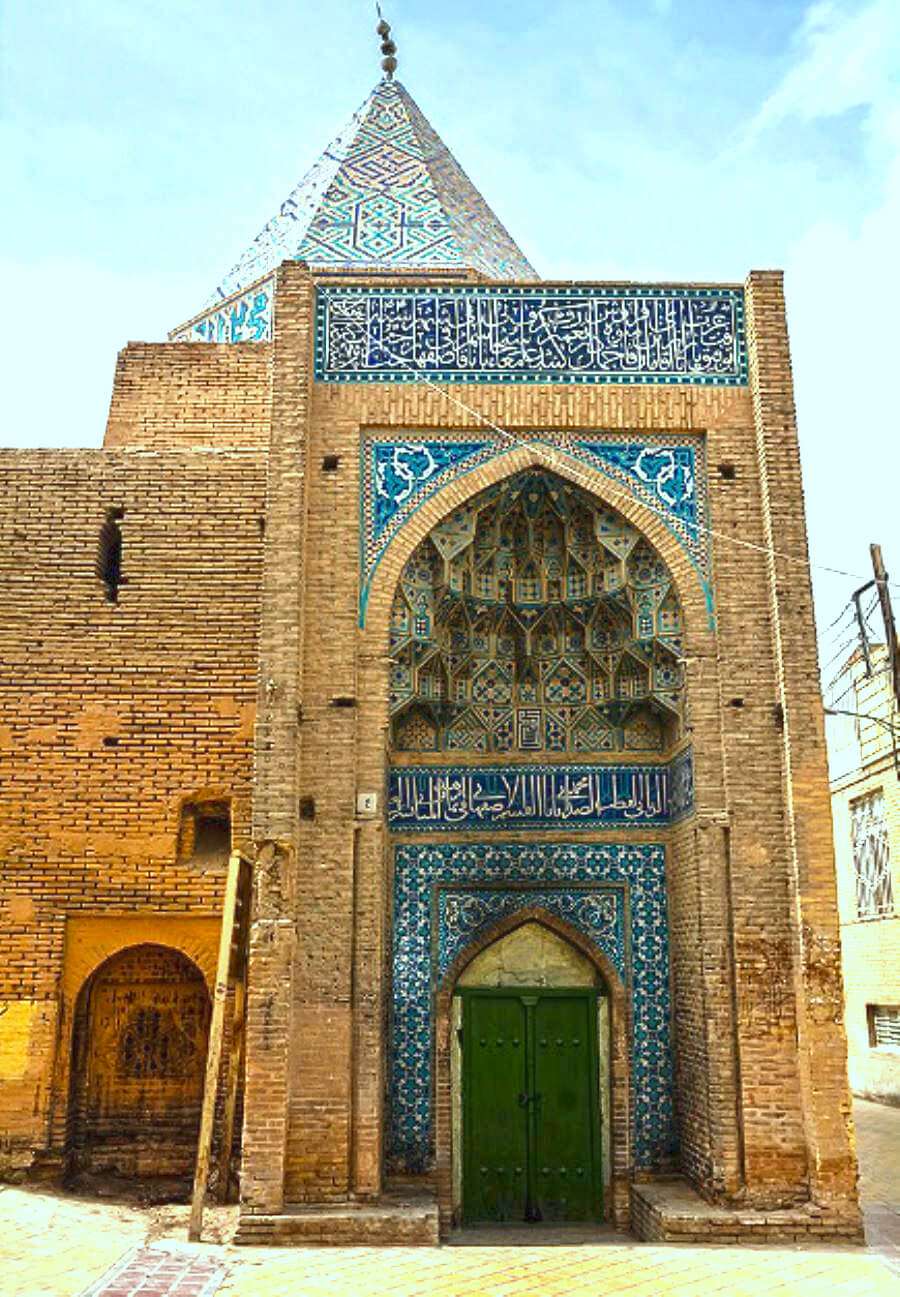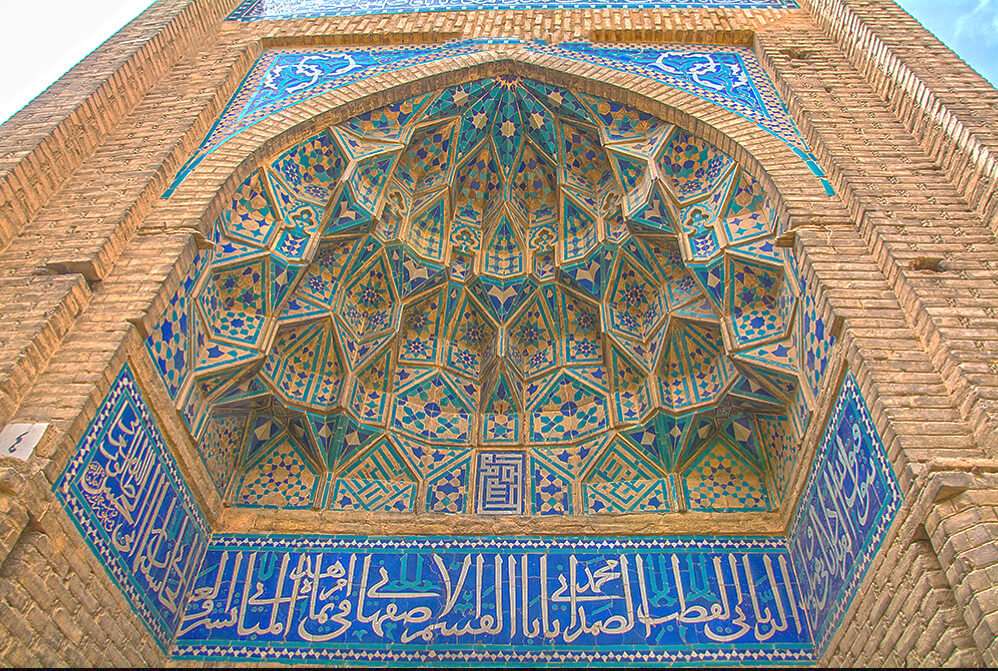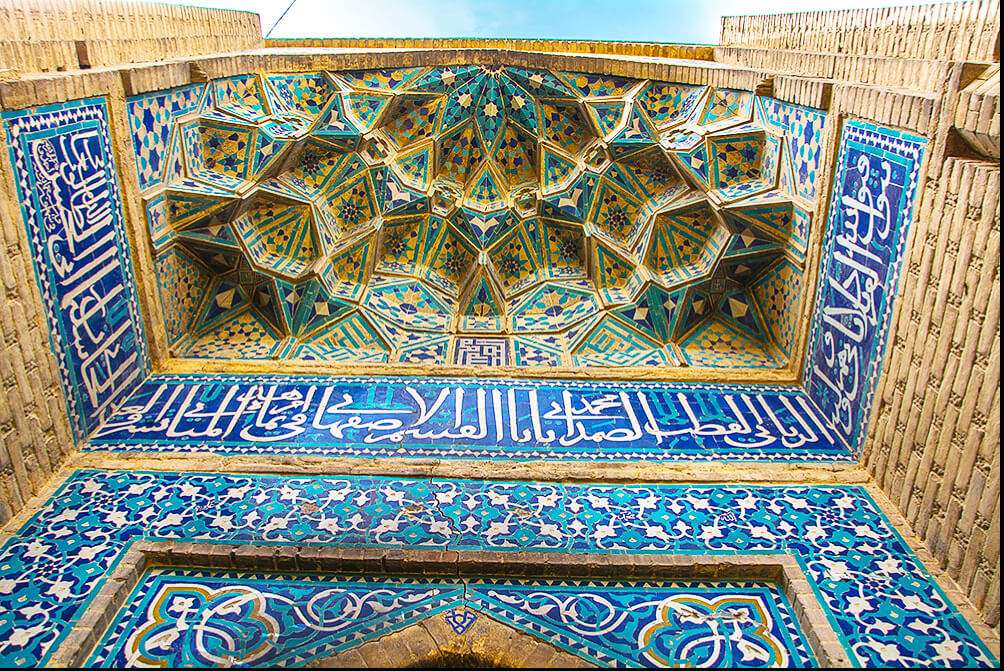The Best Walks to Travel in the Heart of Isfahan
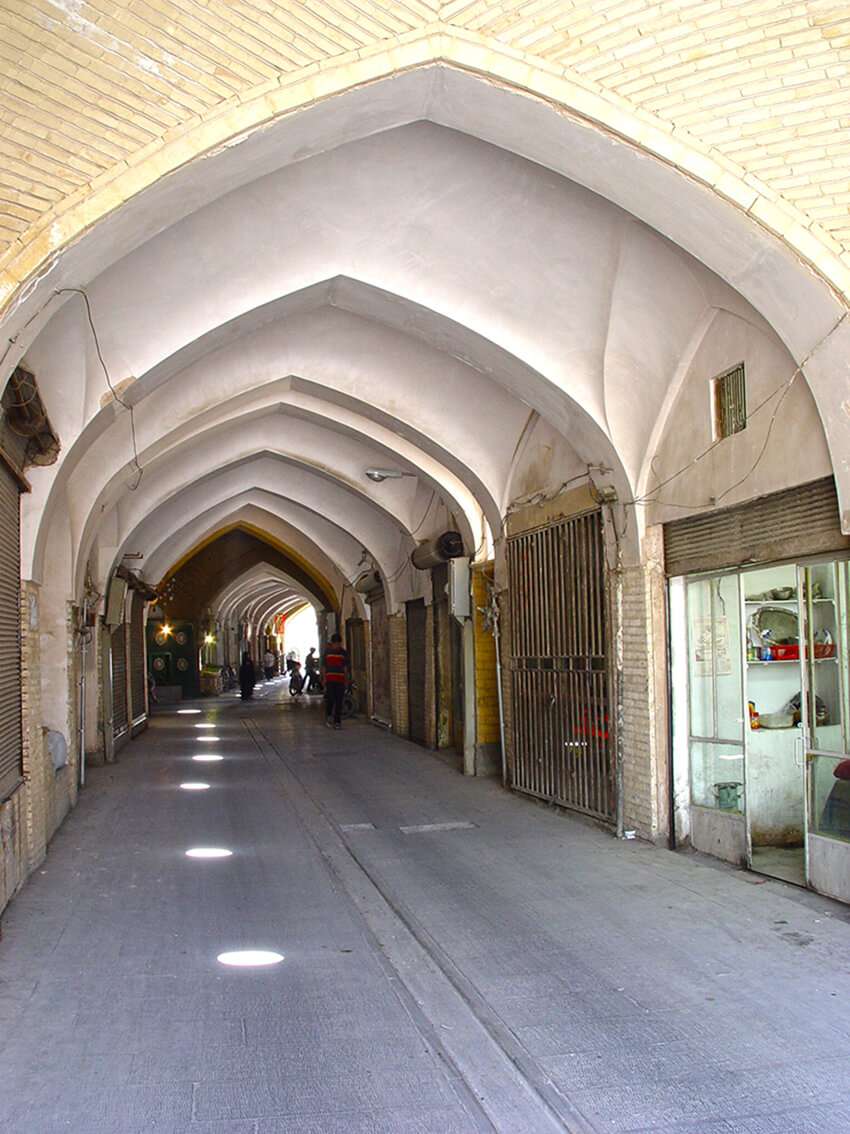
- ThemeArchitecture/ Religious and Epic/ Slow Tourism
- CodeIRRS39
- Duration4 hr(s) and 30 min(s)
- Best TimeSPRING | AUTUMN
Visiting a portal, a mosque and a theological school dating back to Aq-Qoyunlu reign (1378–1501);
Visiting the historical neighborhood of Isfahan boasting many old buildings;
Exploring the historical complex consisting of a bathhouse, a mosque and a bazaar dating back to the Safavid era;
Visiting the tomb of Abou Masoud Razi built in 1455;
Browsing the old neighborhood of Isfahan developed to the most part during the Seljuk era (1037-1194);
Visiting the historical building in Ibn-e Sina Street known by locals as the tomb of Avicenna;
Visiting the Mausoleum of the 14th- century theologian built in 1340.
Photos of the The Best Walks to Travel in the Heart of Isfahan
Explore The Route
The Best Walks to Travel in the Heart of Isfahan
Chaos, jam-packed sites, rapid transportation, on-line media, quickly-prepared food, fast-rhythmic music, all share the basic characteristic of the present-day industrial, hi-tech world: velocity. And, of course, this velocity has opened to us many closed doors, replete with once unimaginable experiences.
However, these rapid experiences come with their own shortcomings: Broken communities, lack of mutual cultural understanding, pollution and peculiar disease, both mental and physical.
In response to the above situation, a new form of tourism has emerged, known as slow tourism. Slow tourism aims at reconstructing the broken chains of humanity, erasing pervasive cross-cultural misunderstandings and improving the general condition of our biophysical environment.
Here, by providing you with a special route, we make sure to fulfill all the conditions which make a tour slow. At the same time, we endeavor to bring you a pleasant day, full of new discoveries and excitements in Isfahan.
Highlights
Duration : 30 mins
Point Type: STARTING
Darb-e Kushk Complex
The sooner, the better! So, get up early, and be prepared to leave the hotel sometime around 8 o'clock. Our tour begins at Darb-e Kushk, an old neighborhood of Isfahan, located at the junction of Tayeb and Mir-Damad streets.
Darb-e Kushk had its prospering days during the reign of Aq-Qoyunlu rulers. Nowadays, three monuments keep the memory of those days alive: Sar dar-e Darb-e Kushk (The portal of Darb-e Kushk), Darb-e Kushk Mosque and Darb-e Kushk Madrasah (or religious school).
Sar dar-e Darb-e Kushk (also known as Sar dar-e Zaviyeh B...
Duration : 1 hr(s)
Point Type: STOP OVER
Ali Gholi Agha Hammam
Here, Ayatollah Bid-abadi Street is the point of interest for us. Since years ago, this part of Isfahan was covered with bid (or willow trees), and so the appellation: Bīd-ābād.
It is recorded by Hamze Isfahani, the 10th-century historian of Isfahan, that Isfahan had four gates at that time and one of them, Mah (the moon) or Asfish, was located in Bid-Abad neighborhood.
However, the neighborhood of Bid-abad formed a marginal part of the city for centuries. During the reign of Safav...
Duration : 30 mins
Point Type: STOP OVER
The Tomb of Abu Masud Razi (Velayat House)
Abu Masud Ahmad ibn Forat Rāzi, was one of the famous scientists of the tenth century. What is now known as the "tomb of Masudieh", was used to be called Masudieh convent and neighborhood. The historians who visited Isfahan during that time announced that Masudieh neighborhood included a convent, a bazaar, a Chahar-Suq, a bath and a garden. From this complex, only an entrance portal is left. Above this entrance portal, there is an inscription in sols script on a white mosaic tile with a dark blue ba...
Duration : 2 hr(s)
Point Type: STOP OVER
Historically speaking, the very first urban developments of Isfahan, has been traced in the 10th century, when the powerful Buyid dynasty was ruling over Iran (934-1062). At that time, the major part of Isfahan was encompassed by a defensive wall and divided into four main neighborhoods (mahalleh) of Jubareh (in the northeast), Karran (in the southeast), Kushk (in the southwest) and Dardasht which was occupied the northwest of the area inside the wall. The magnificent 4 MIN(S) BY WALKING
Duration : 15 mins
Point Type: STOP OVER
Madras of Ibn Sina (Avicenna School)
During the reign of Buyids, particularly under the supervision of their grand minister, Sahib Ibn Abbad, a big library was built in Isfahan, and the city turned into a center of education. This prospering of science and education was contemporaneous with a time when the great Persian philosopher and physician, Avicenna, was conducting his productive life of reading and writing about the unknown mysteries of the world. Accused of treachery, Avicenna escaped the court of now dead Shams al-Dowla and, with the help of hi...
Duration : 15 mins
Point Type: ENDING
Baba Qasem Mausoleum and Imamieh School
Baba Qasem was a 14th-century theologian, who taught in Imamieh Madrasa, the oldest theological school in Isfahan. Here, the title "Baba", needs a short explanation. During the 14th and 15th centuries, there was a group of Sufis in Isfahan who bore the title baba, as a form of venerable address. However, after years of ascetic life, Baba-Qasem died and one of his disciples, Soleyman Abu'l Hassan Tahit al-Damghani, built a tomb and mausoleum over his grave in 1324. The mausoleum is otherwise known as the oath mausoleum, since when...
Important Information
Cost Info
- Darb-e Kushk Complex
- Ali Gholi Agha Complex2 €
- Tomb of Abu Masud Razi (Velayat House)
- Dardasht Neighborhoodfree
- Madras of Ibn Sina (Avicenna School)free
- Baba Qasem Mausoleum and Imamieh School free
- Destination
- Transportation Type
- Transportation Fee---
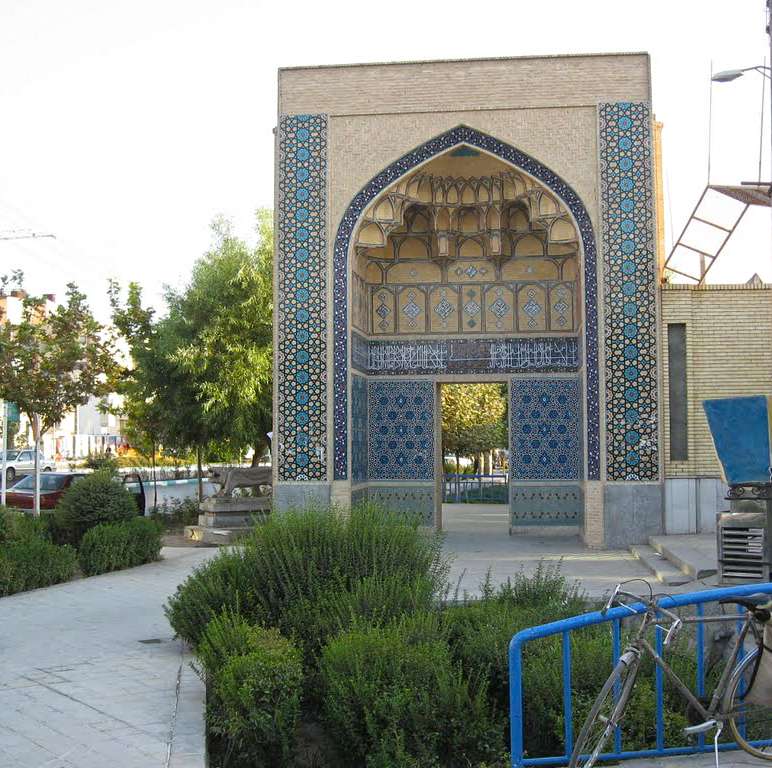
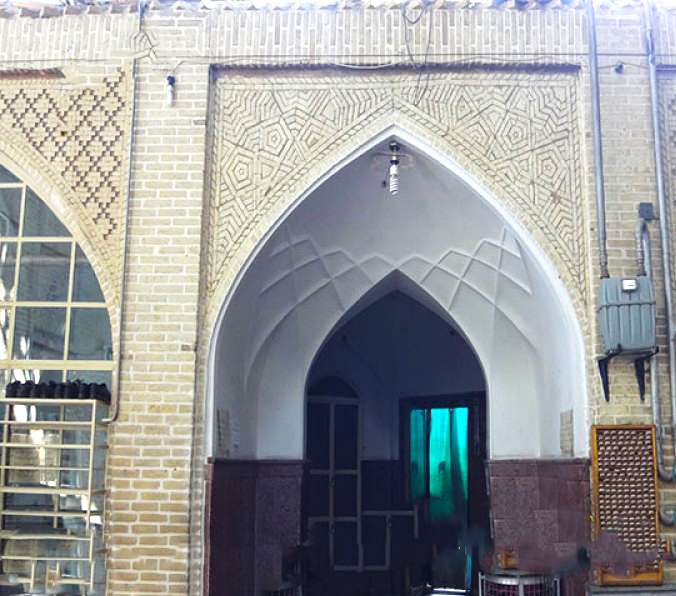
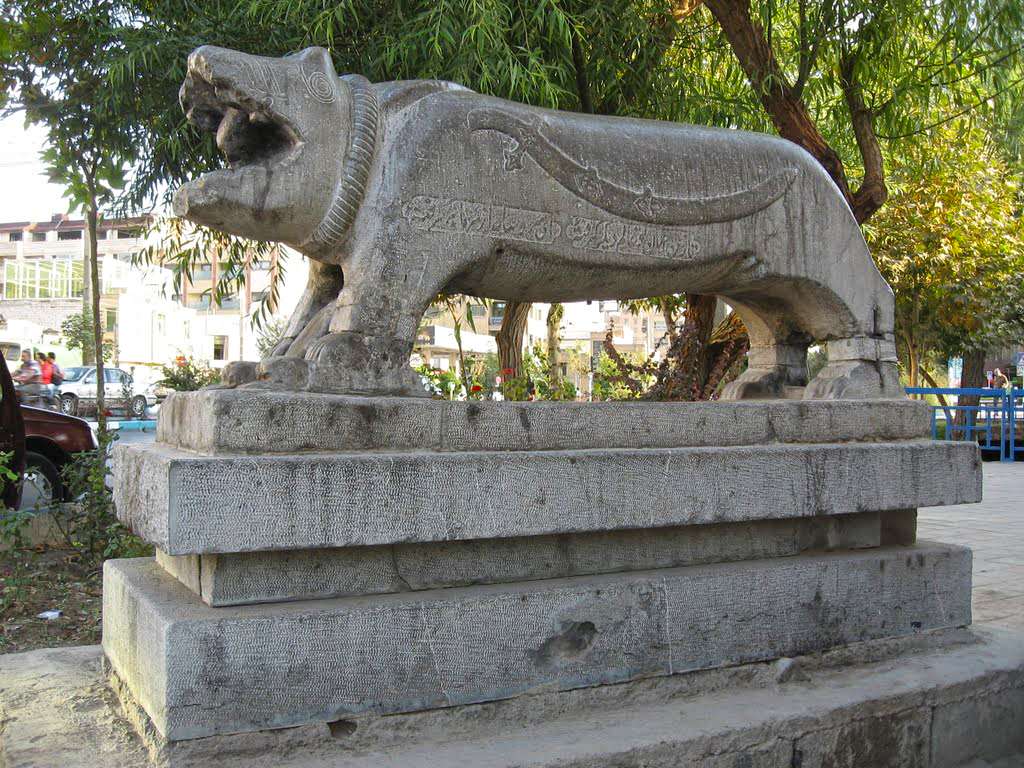
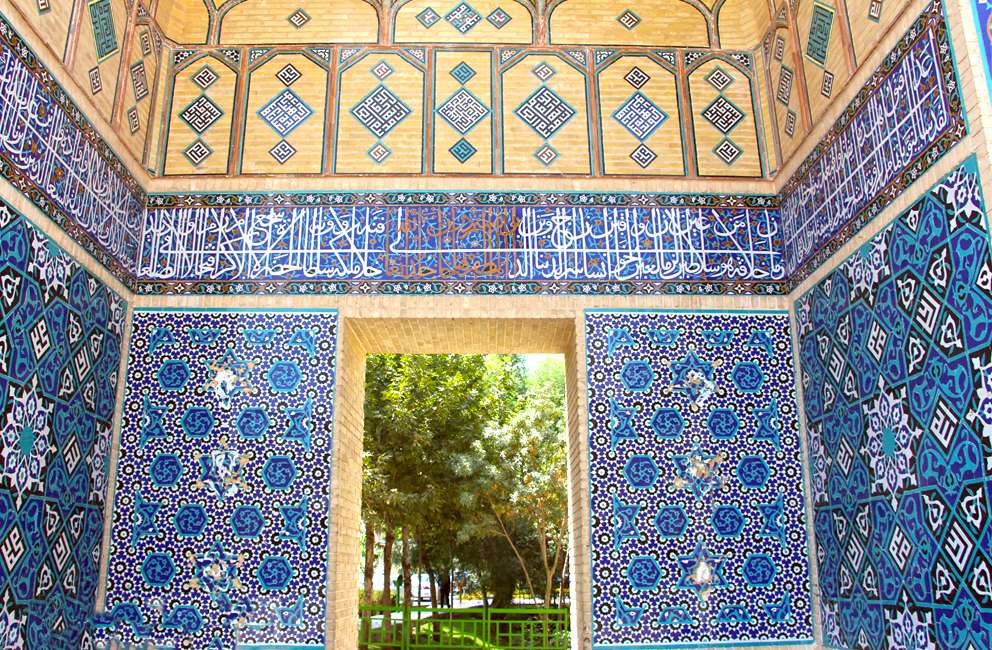
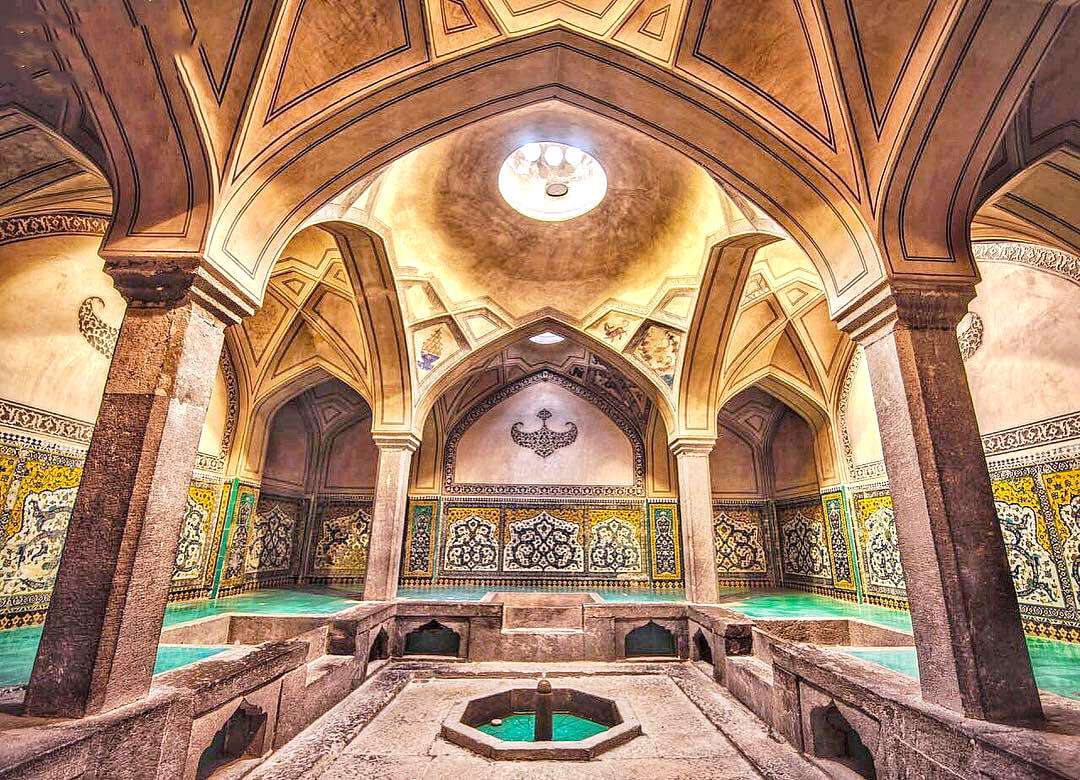
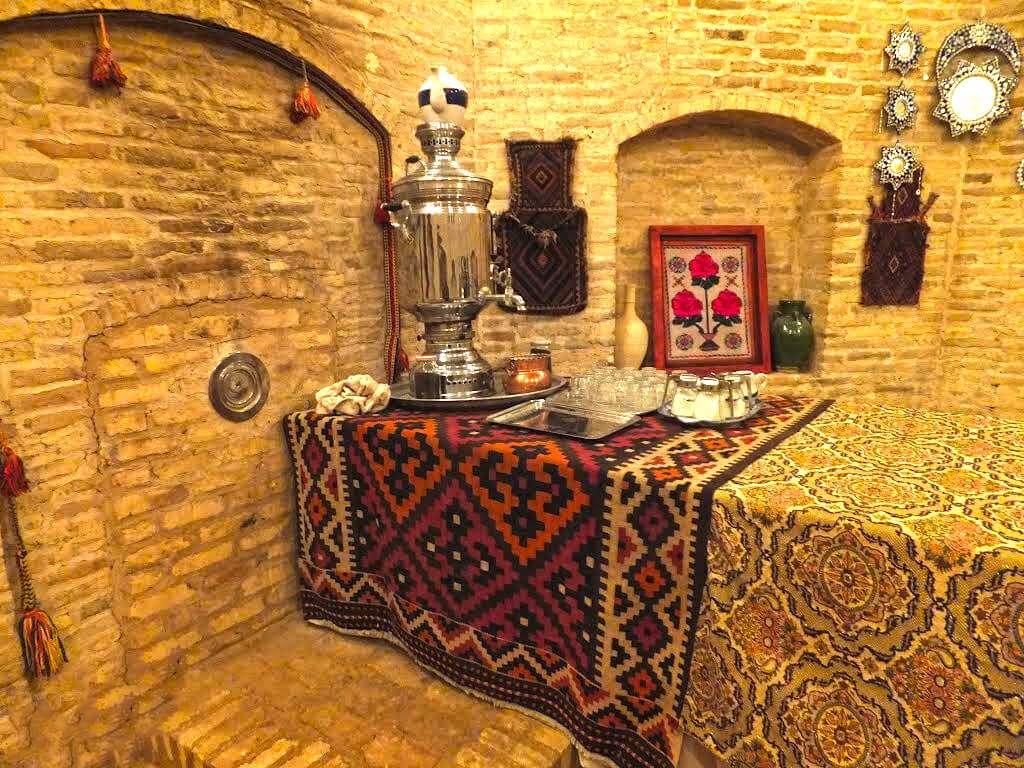
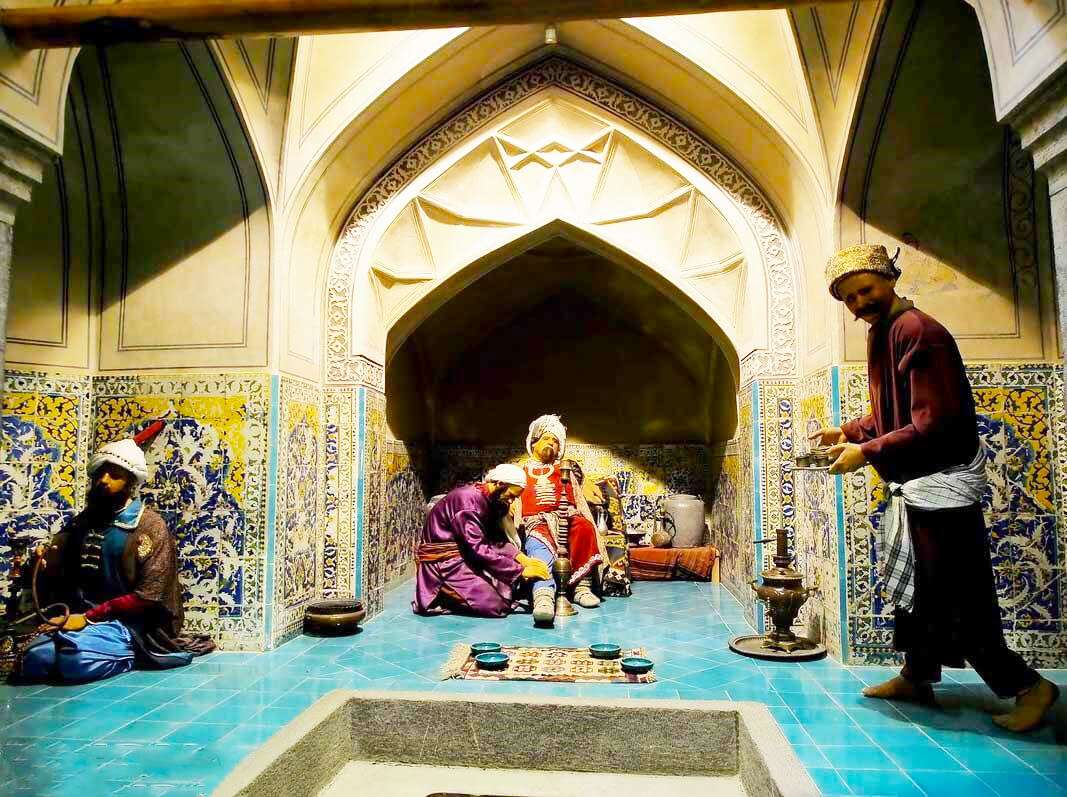
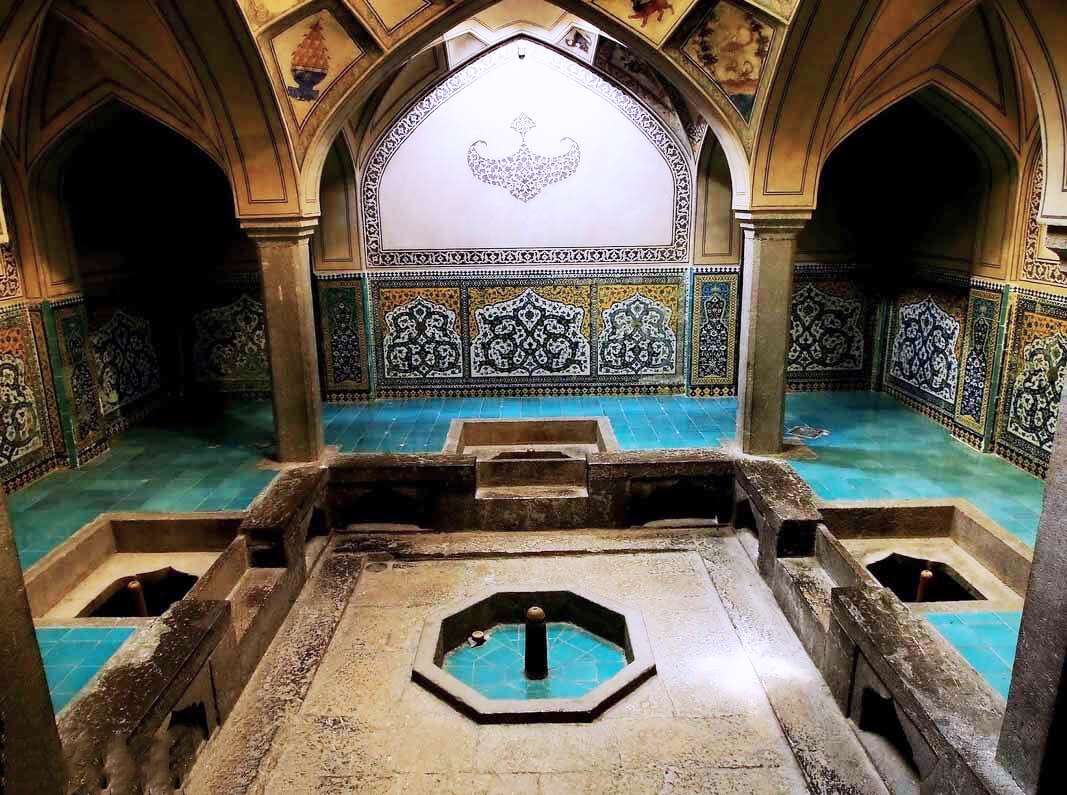
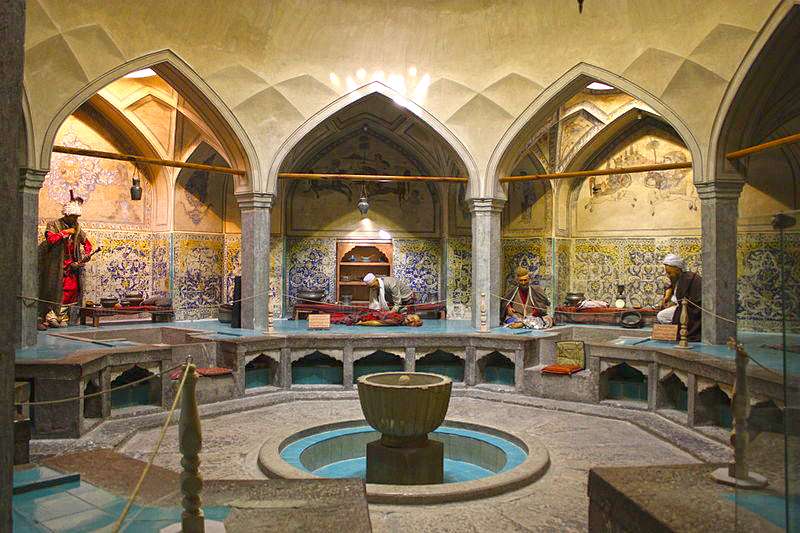
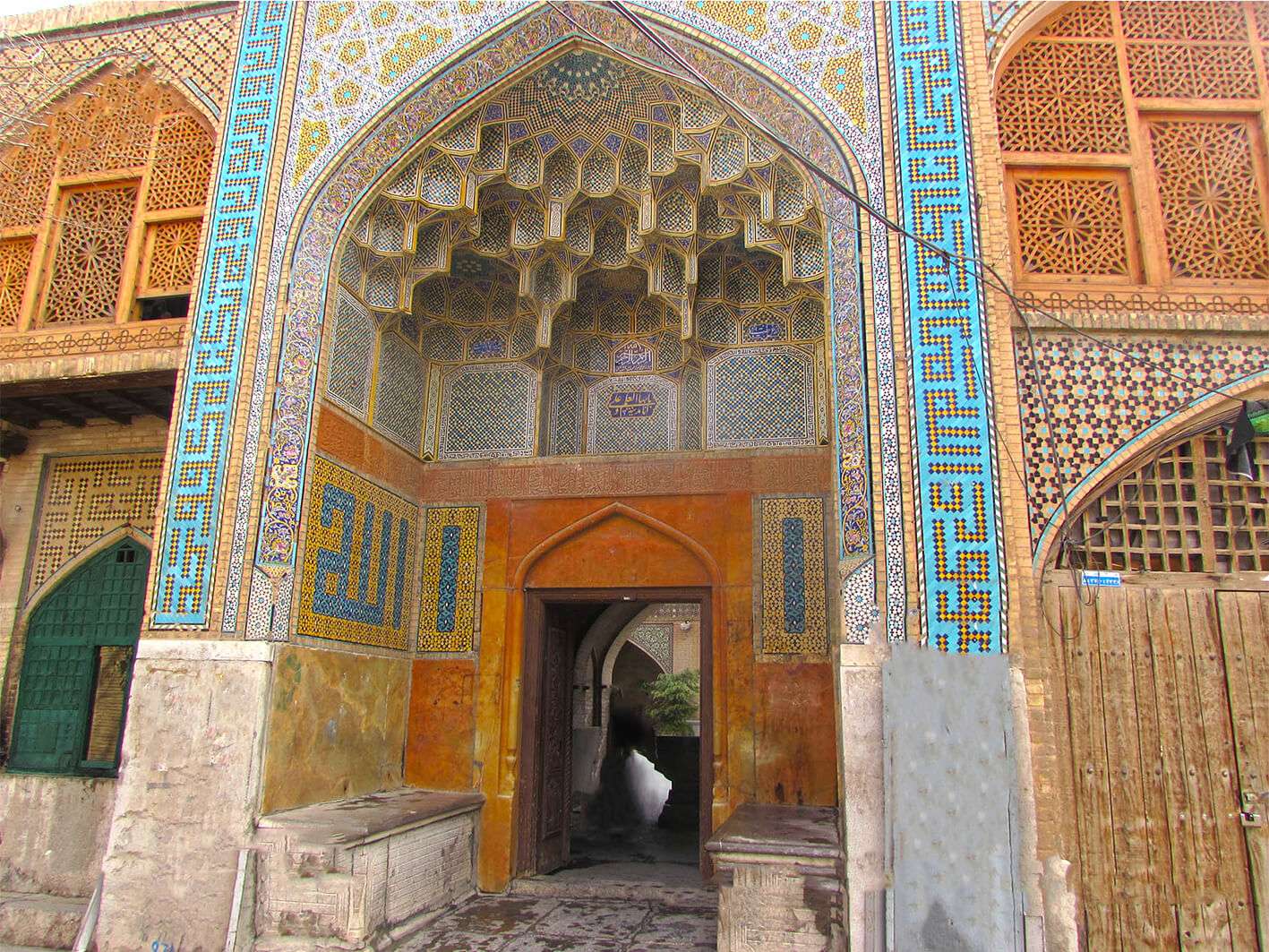
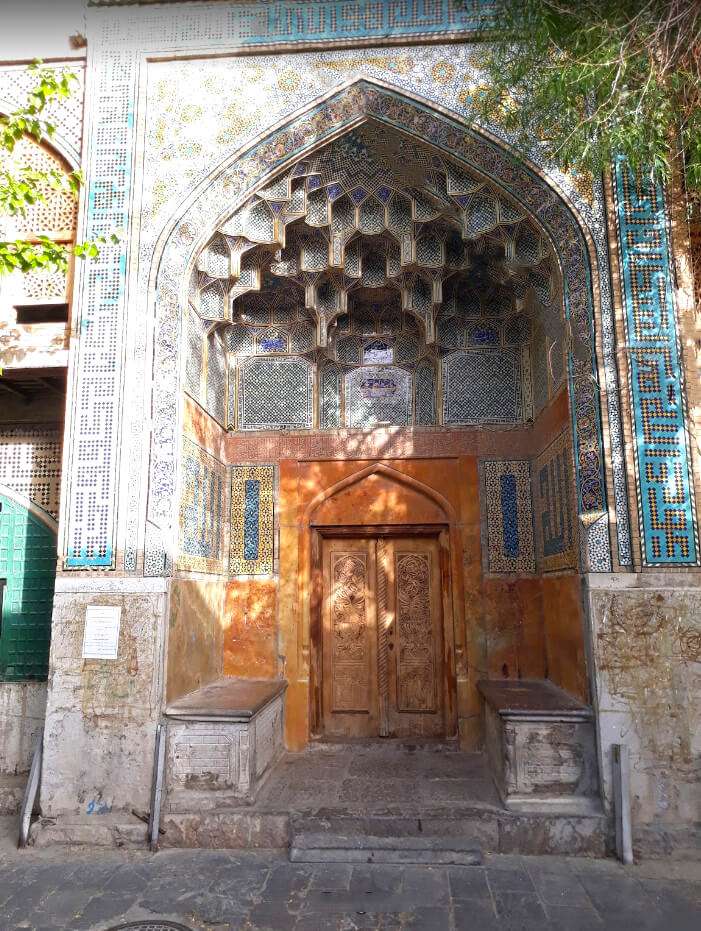
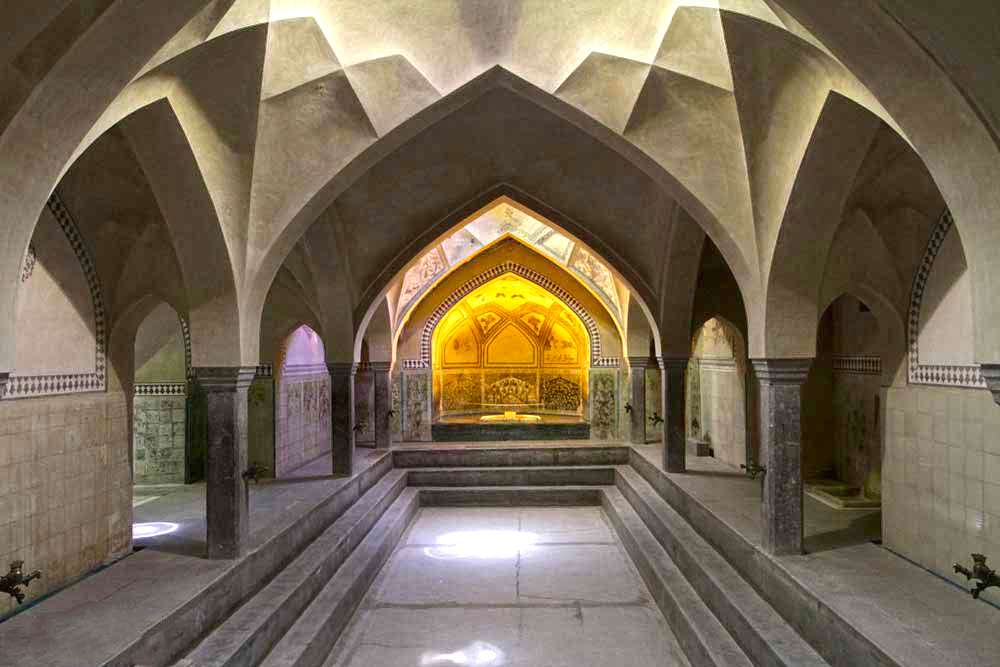

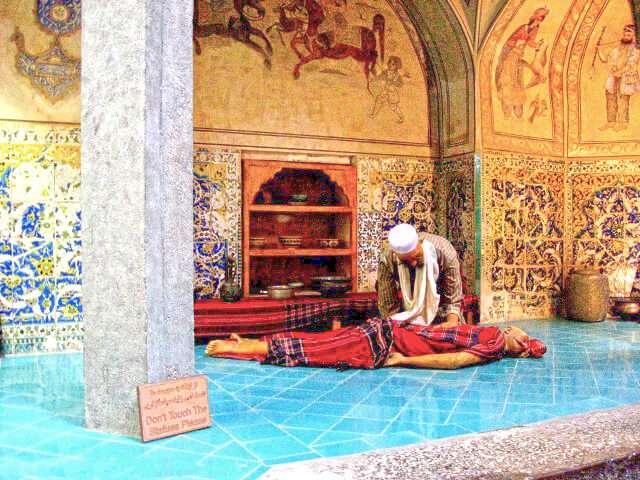
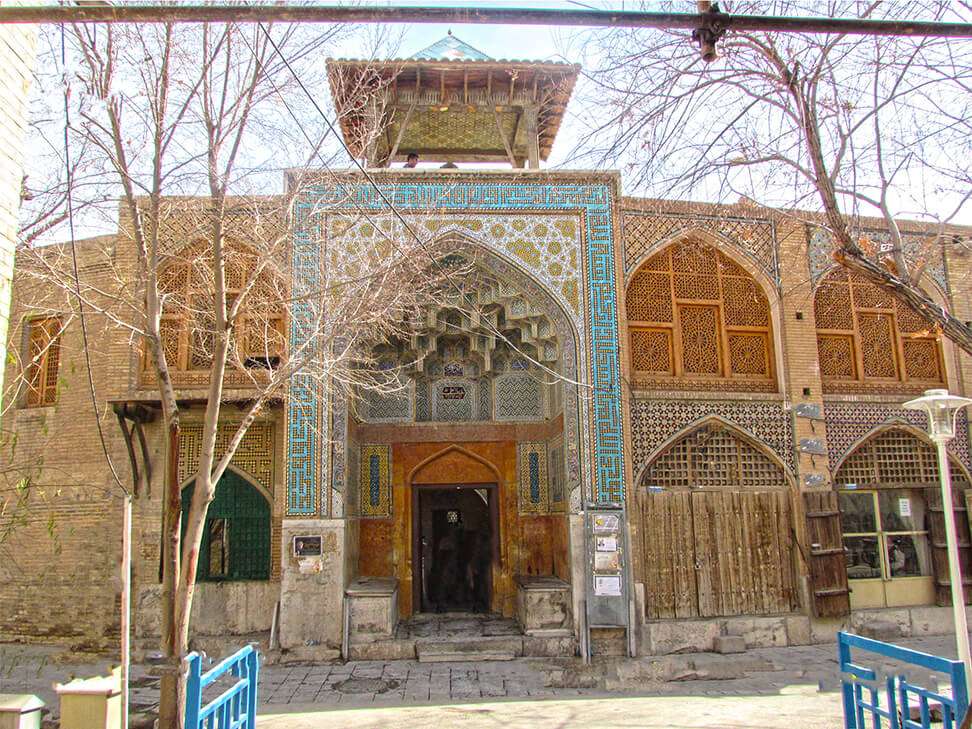
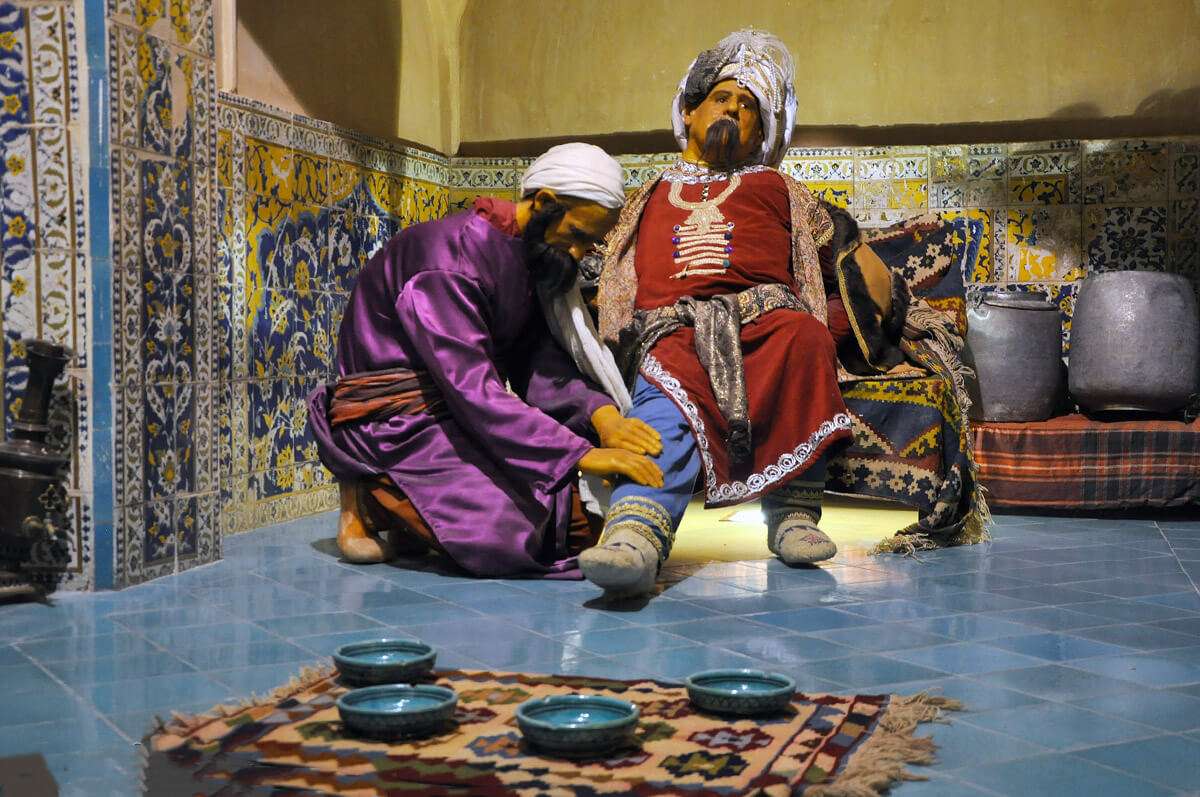
.jpeg)
.jpeg)
.jpeg)
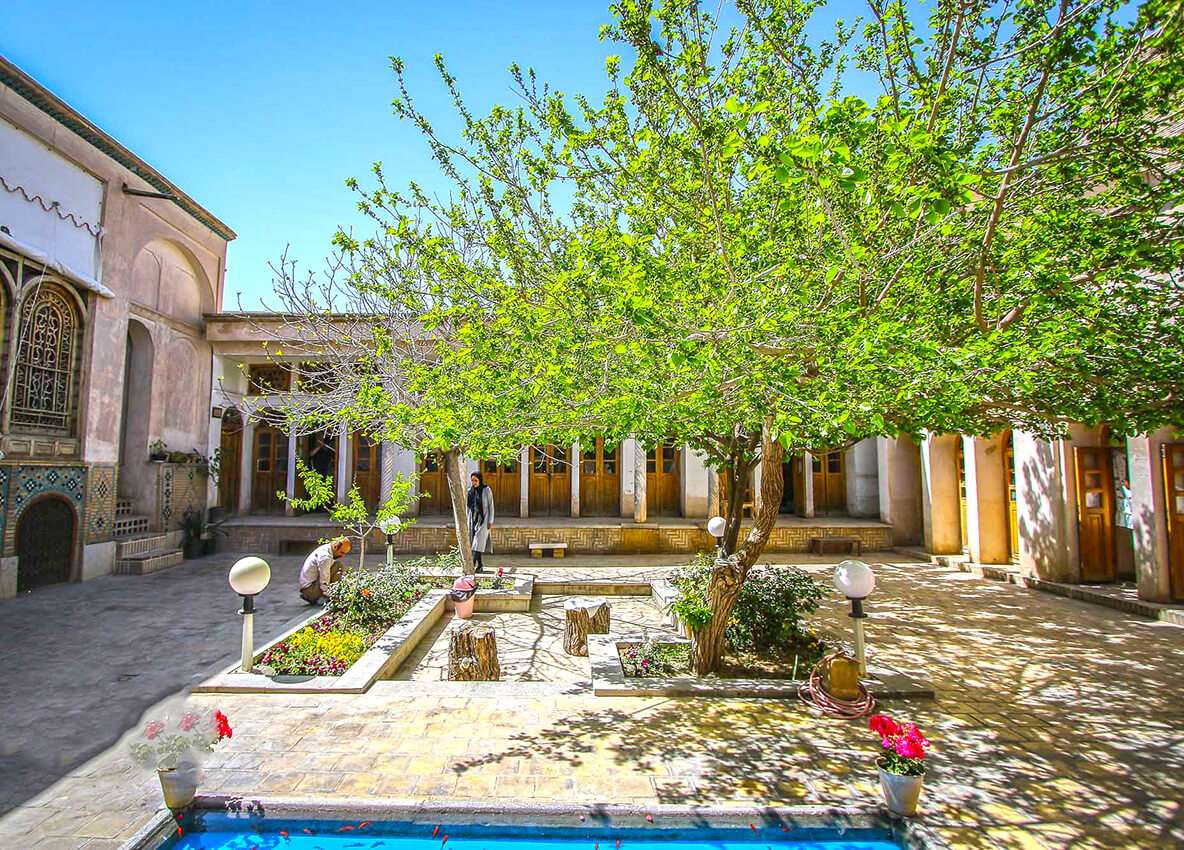
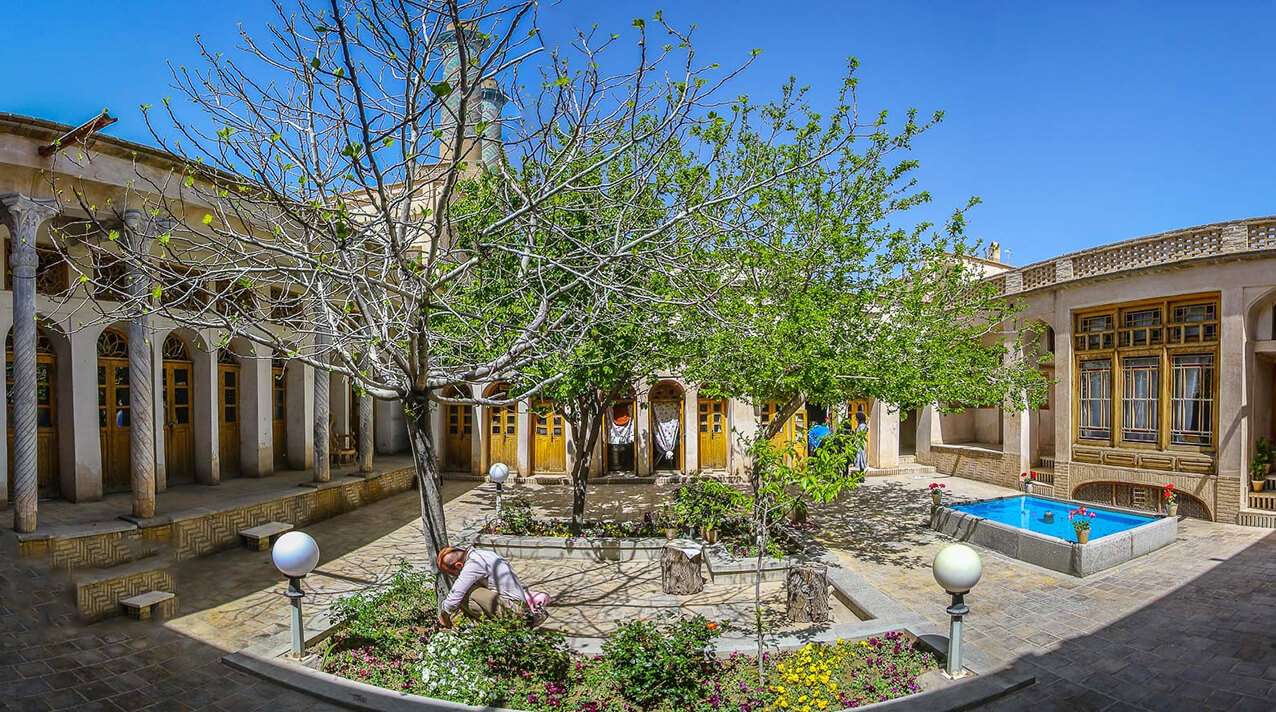
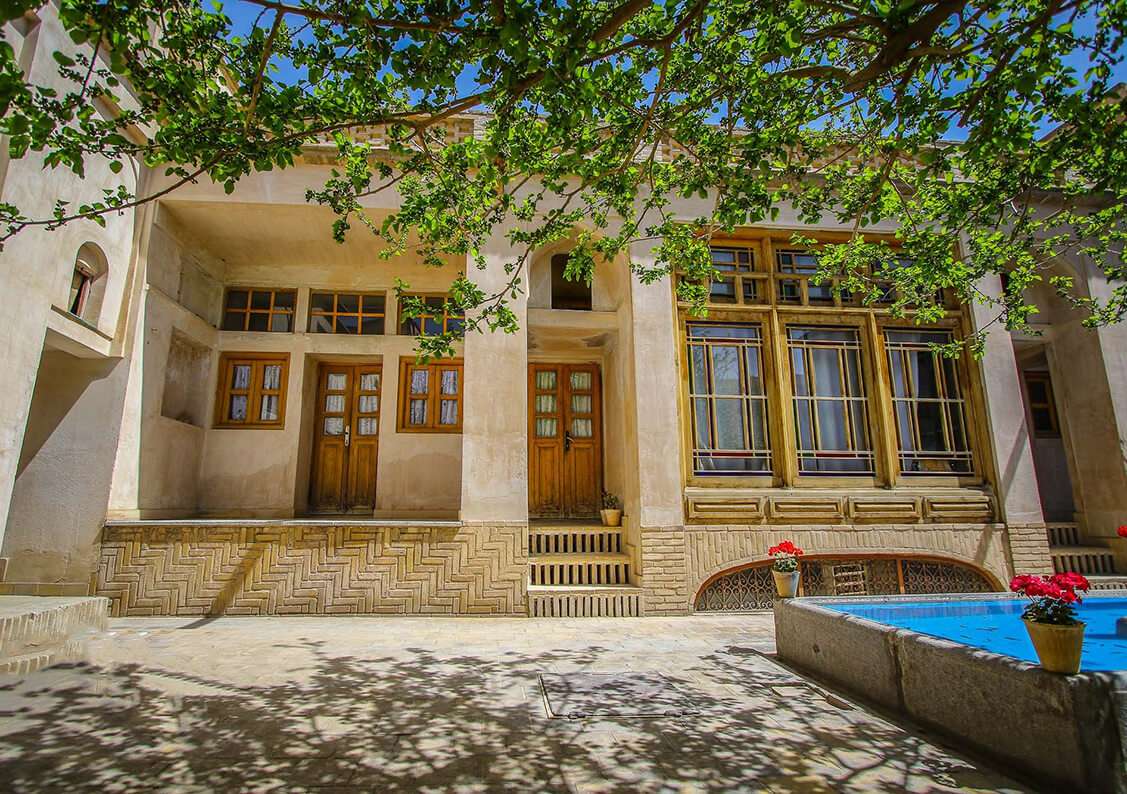
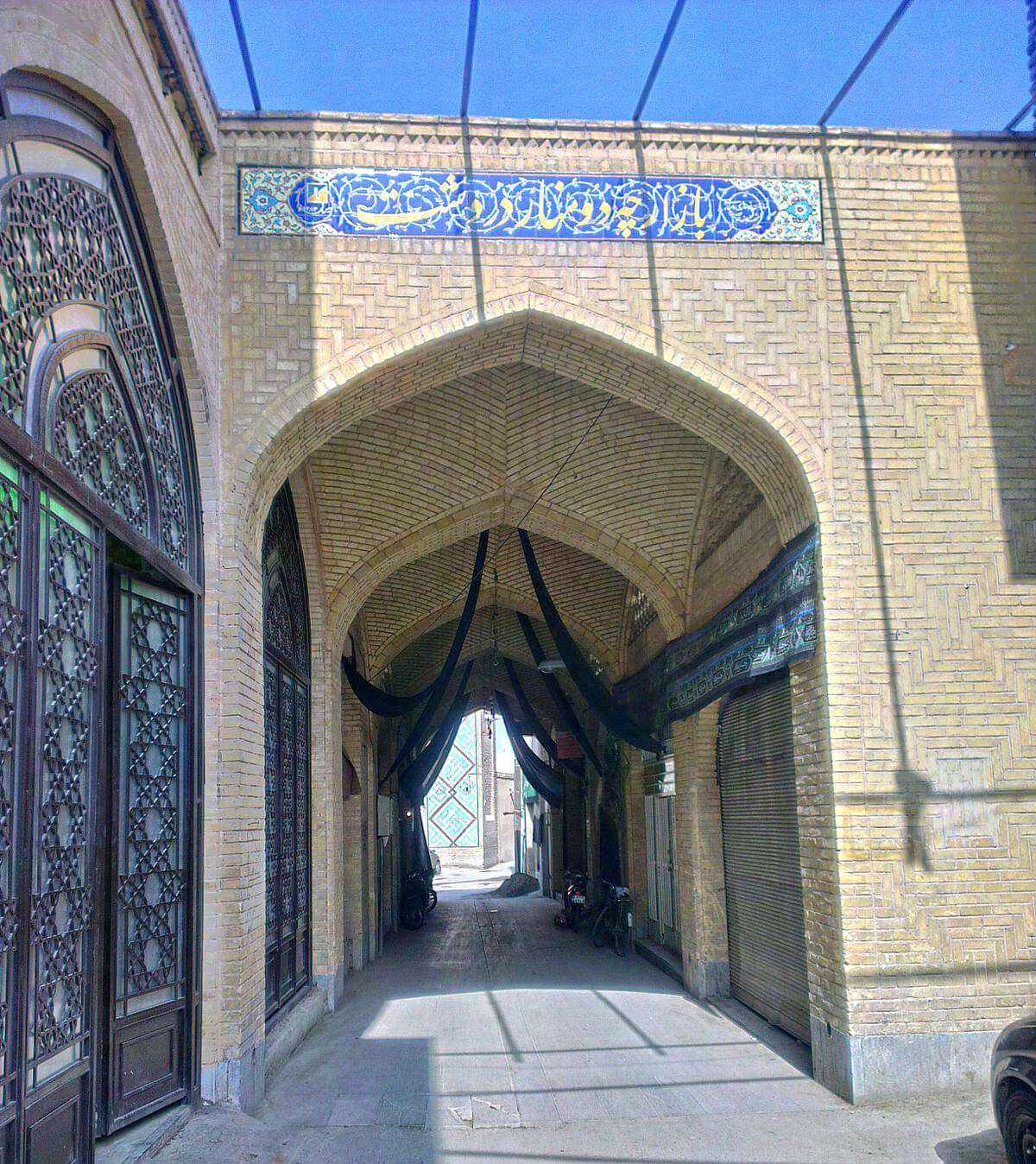
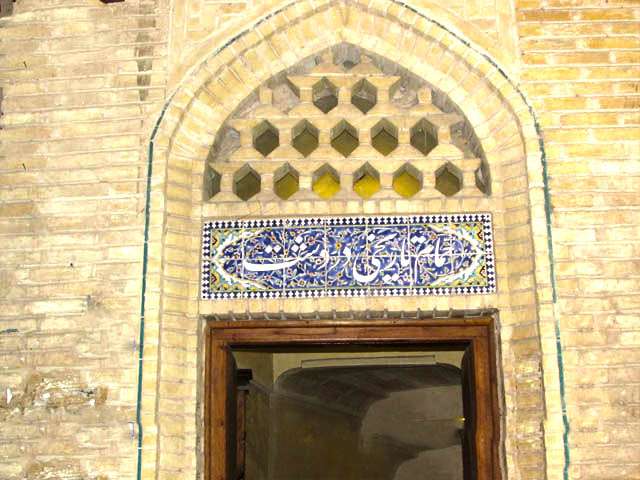
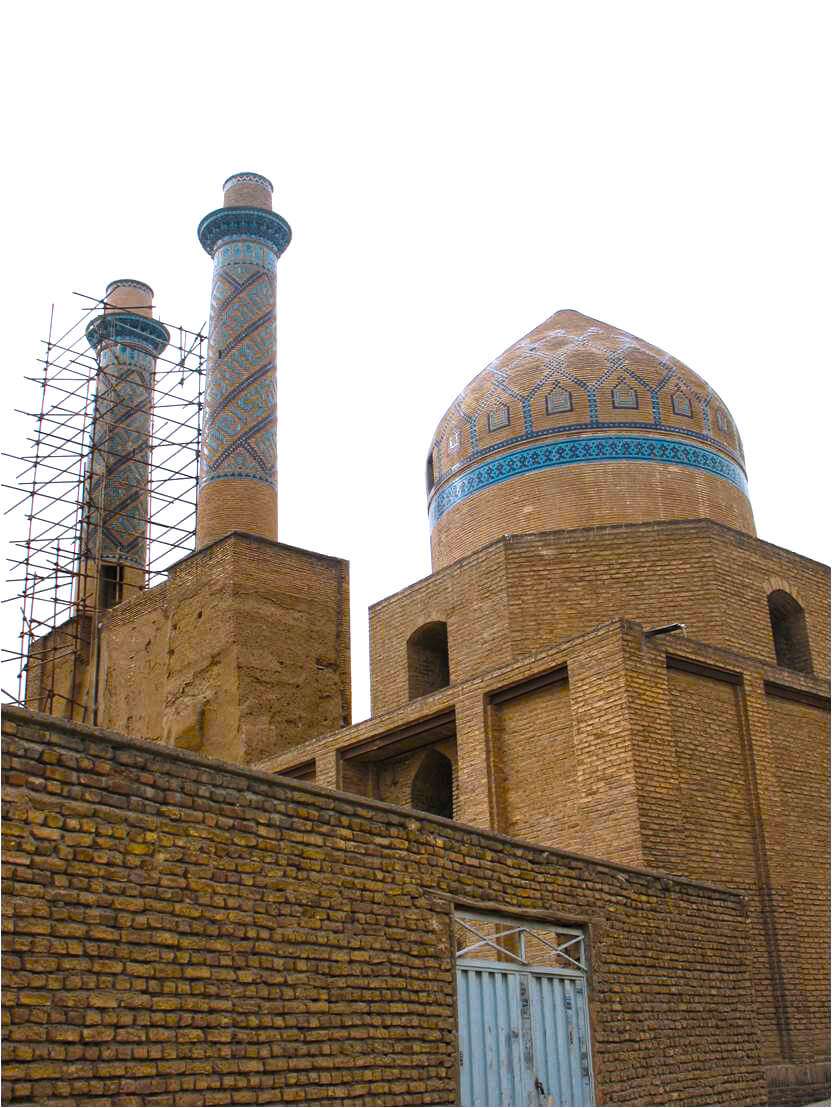
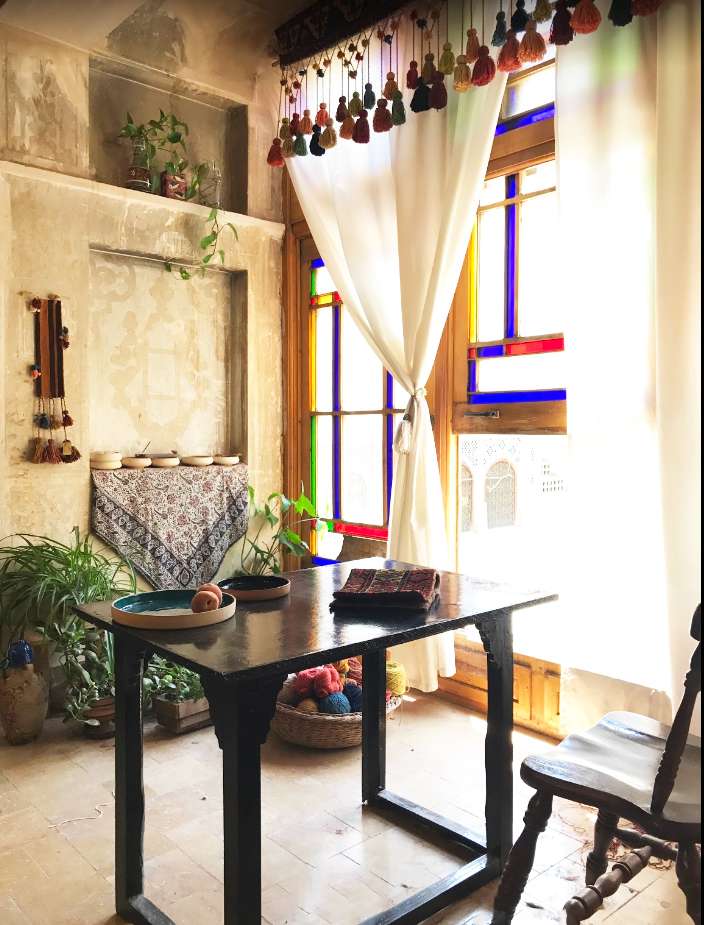
.jpeg)
.jpeg)
.jpeg)
